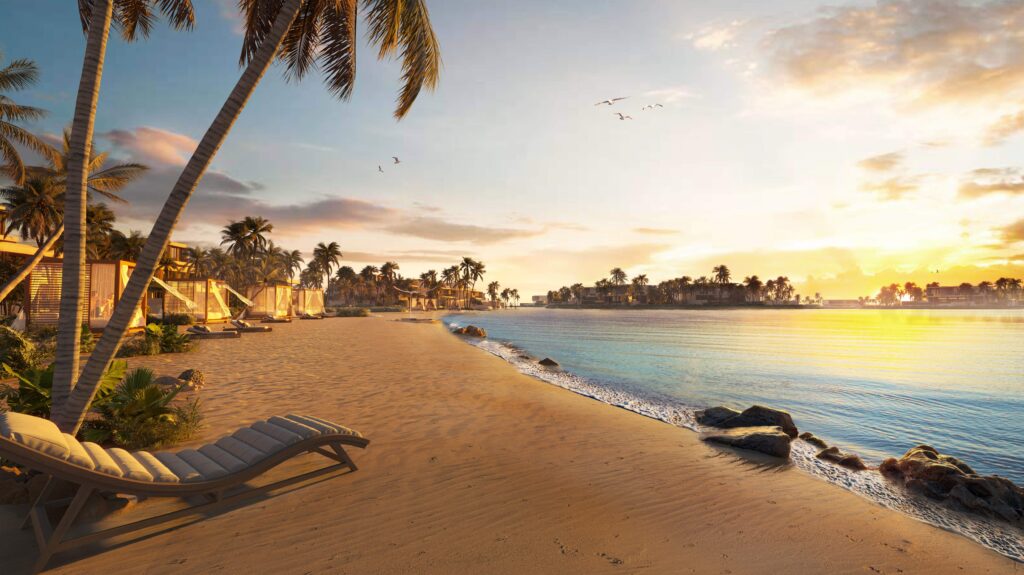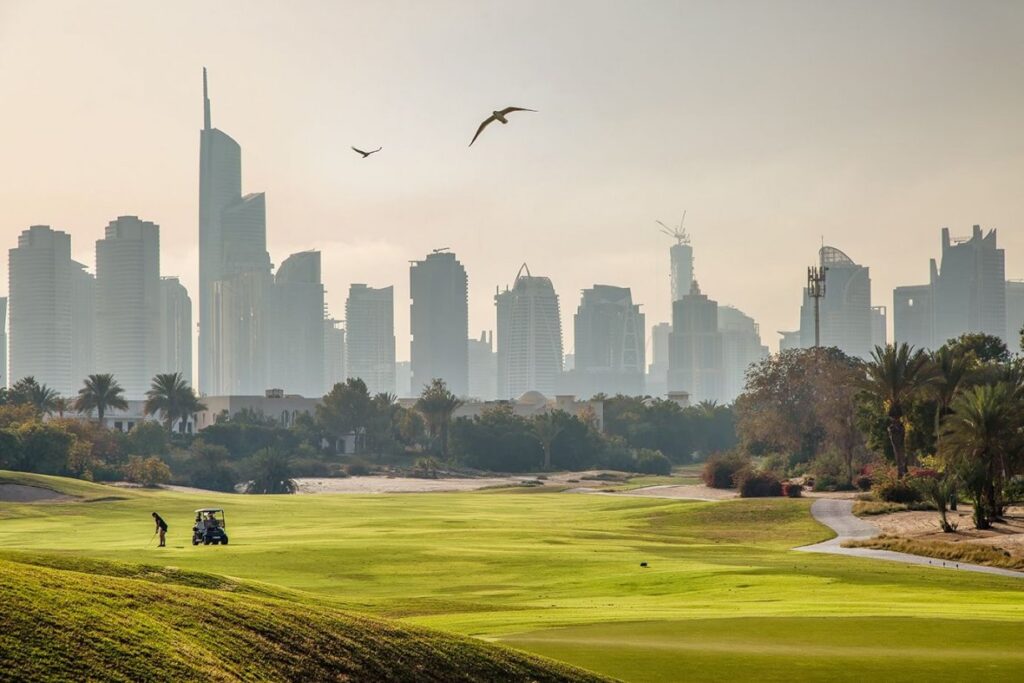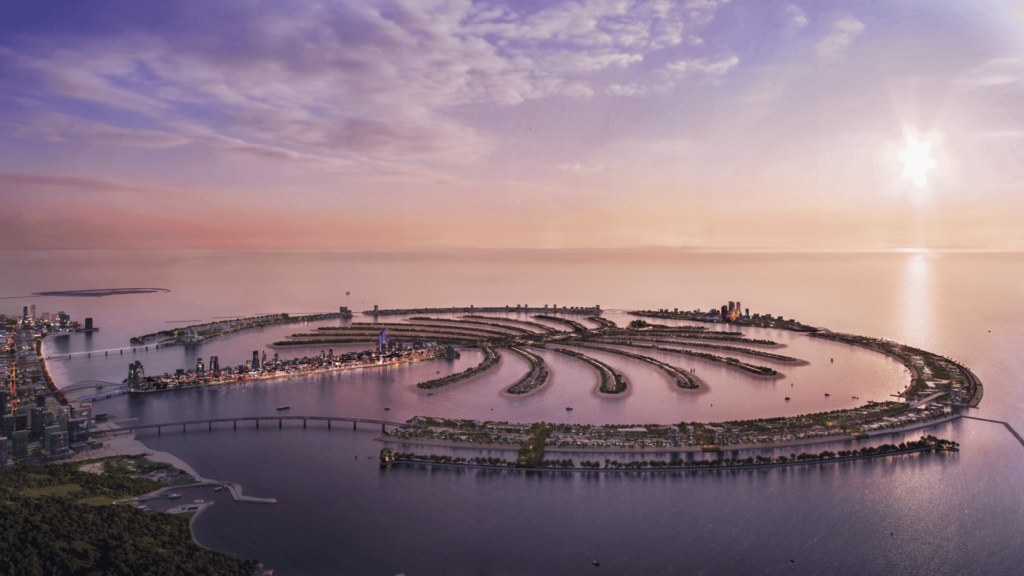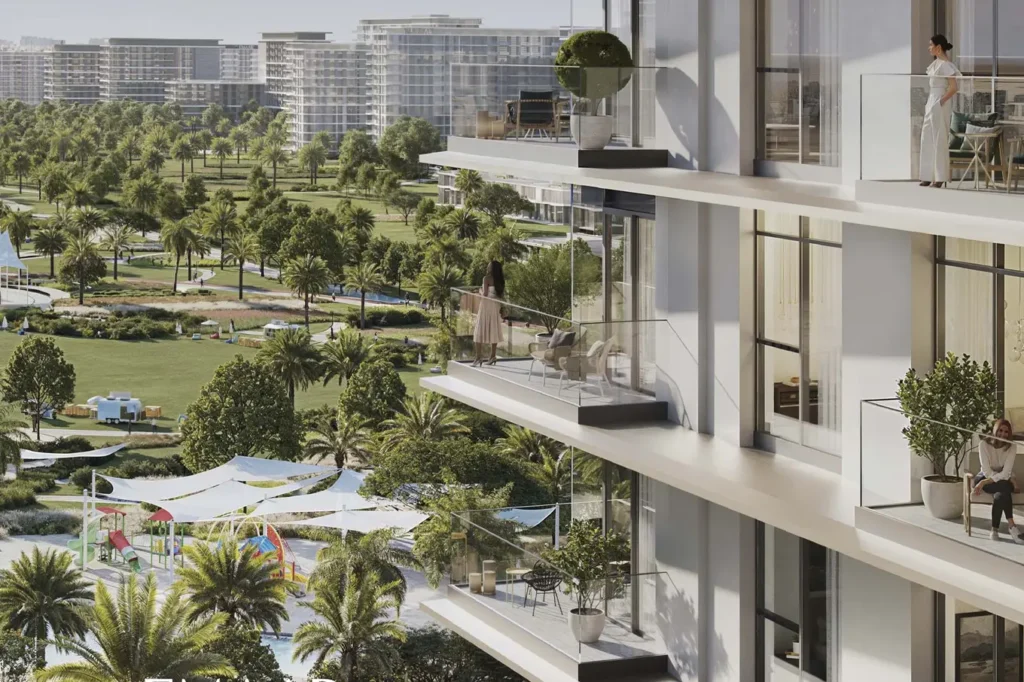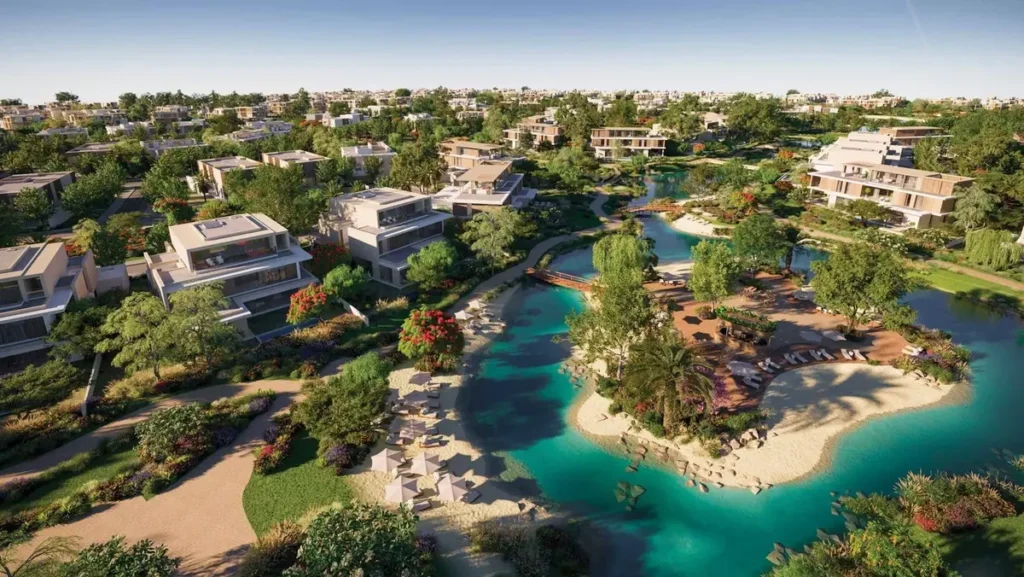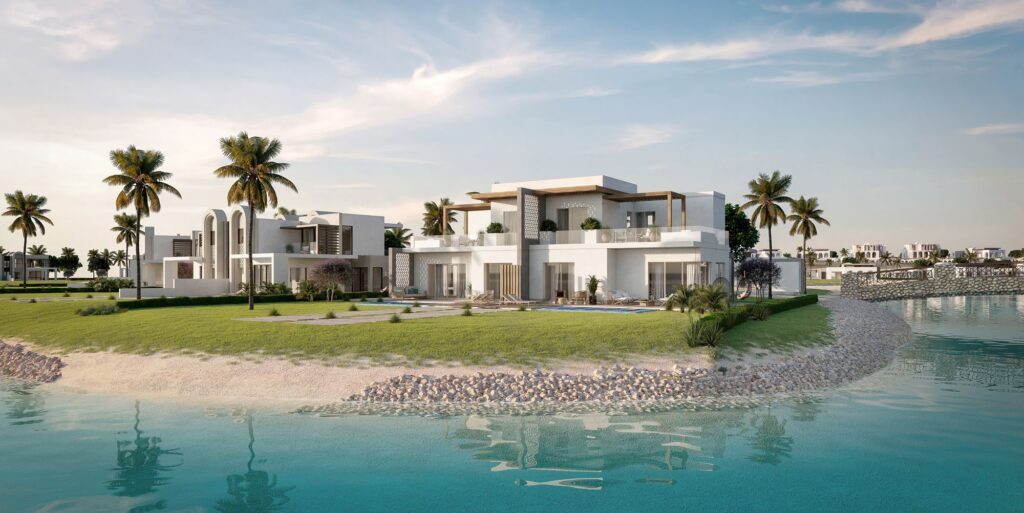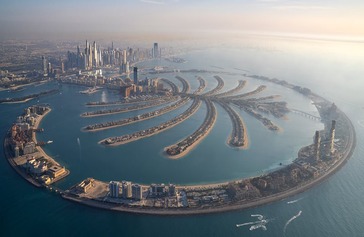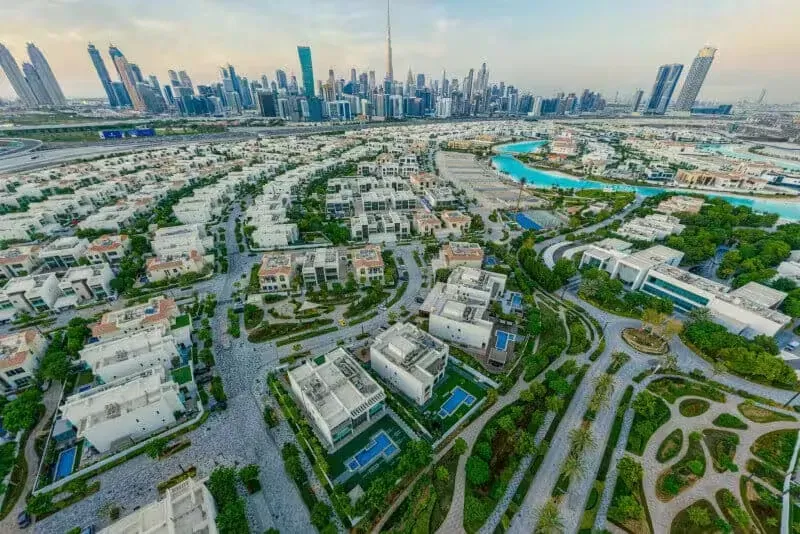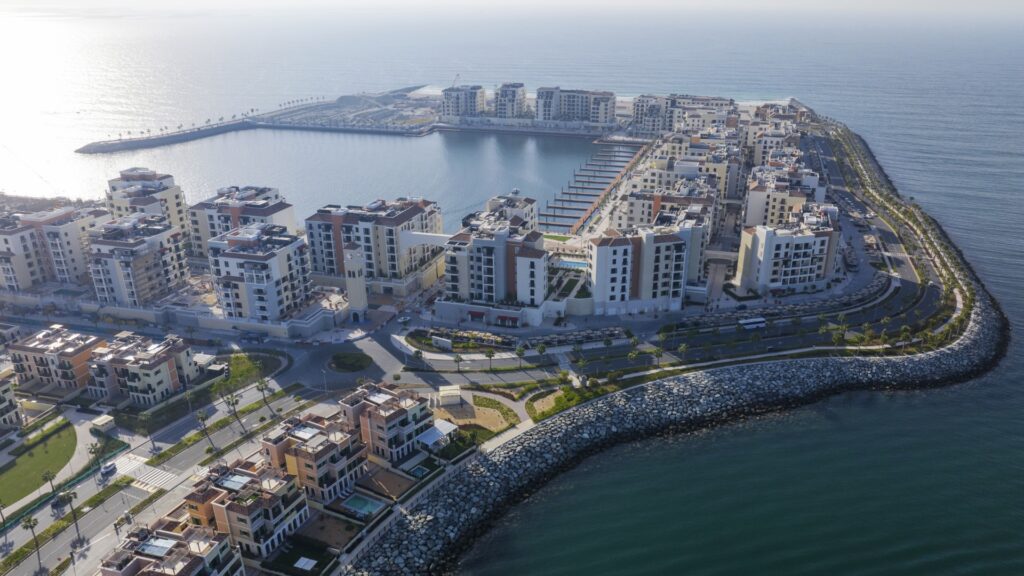The History of Dubai
Today, mention of Dubai conjures images of futuristic skylines, record-breaking skyscrapers, and luxury lifestyles where desert meets the Arabian Gulf. It is a city of opulence and ambition, known for iconic landmarks such as the Burj Khalifa, Palm Jumeirah, and its vibrant waterfronts. Yet, behind the gleaming towers and world-class developments lies a much older story that shaped its identity.
Long ago, there were no highways, no glass towers, and no luxury yachts in the marina. For thousands of years, the coastline was home to Bedouin tribes, pearl divers, and fishermen who relied on the sea and desert for survival. The word “Dubai” itself is thought to derive from an old Arabic word “Daba,” meaning “to creep,” possibly referring to the slow flow of the Dubai Creek. The creek was the lifeline of early settlers, enabling trade, fishing, and pearling that sustained small communities long before oil was discovered.
Dubai’s earliest inhabitants thrived through simple but resourceful means: fishing in wooden dhows, diving for pearls that became prized exports, and trading along routes that connected the Gulf to India, Persia, and East Africa. The desert tribes, known for their resilience, moved seasonally with their camels and herds. Their culture was steeped in oral poetry, music, and traditions of hospitality that remain cornerstones of Emirati identity today.
The first recorded mentions of Dubai as a settlement date back to the early 18th century. By 1833, around 800 members of the Al Maktoum family and their tribe settled in Dubai, laying the foundation for the ruling dynasty that still governs the emirate. In the 19th century, Dubai became known as a thriving port, offering safe anchorage along the creek and attracting traders from across the region. Its status was cemented in 1894, when Dubai’s ruler granted tax exemptions to foreign traders, which drew Indian and Persian merchants whose families still have deep ties to the city.
The real transformation began in the mid-20th century. Before oil, Dubai’s economy was almost entirely dependent on pearling. The collapse of the pearling industry in the 1930s, due to the rise of Japanese cultured pearls and the Great Depression, led to hardship. But the discovery of oil in the late 1960s gave Dubai a new lifeline. The revenues funded modern infrastructure: roads, schools, hospitals, and an airport. Unlike other oil-rich states, however, Dubai’s rulers pursued a bold strategy of diversification, knowing oil reserves were limited.
By the 1970s, Dubai had already positioned itself as a trading hub. The Jebel Ali Port, the largest man-made harbor in the world, opened in 1979 and transformed global shipping routes. The city became a magnet for workers, entrepreneurs, and expatriates, steadily shaping Dubai into one of the world’s most cosmopolitan cities.
Dubai’s architectural history mirrors its ambition. From traditional coral-stone houses with wind towers in the Al Fahidi district, built to cool desert air, to engineering marvels like the Burj Khalifa and the twisting Cayan Tower, each era has left its mark. The creation of Palm Jumeirah, an artificial archipelago visible from space, redefined modern real estate and confirmed Dubai’s reputation for innovation.
Entertainment and culture also became defining pillars. In the early days, souks (traditional markets) bustled with spice traders, gold merchants, and textiles. Today, Dubai hosts international film festivals, global sporting events, and serves as a playground for celebrities, royals, and entrepreneurs. From desert safaris to opera performances, Dubai embraces both tradition and modernity.
The city’s government structure evolved after the formation of the United Arab Emirates in 1971, when Dubai joined with six other emirates to create the federation. Its leadership under the Al Maktoum family has driven ambitious projects such as Emirates Airline, Expo 2020 (now Expo City Dubai), and the Dubai International Financial Centre.
Modern Dubai is also a hub for leisure and tourism. With pristine beaches, luxury hotels like Burj Al Arab, and record-setting malls like The Dubai Mall, it attracts millions of visitors every year. Yet just a short drive from the skyscrapers, one finds the quiet desert dunes where Bedouin life once thrived, reminding residents and visitors of the city’s deep roots.
Dubai, much like Malibu with its surf and celebrity allure, has become synonymous with aspiration. Its unique blend of ancient culture and futuristic vision makes it more than a city—it is a symbol of what imagination, trade, and determination can build on desert sands.
